Skating backward on roller skates looks cool, feels rewarding, and helps you level up your overall skating skills. Whether you’re hitting the rink for fun or aiming to dominate in roller derby, learning this technique improves balance, coordination, and confidence. Plus, it’s not as hard as it seems if you follow the right steps.
Here’s the gist:
- Start with the basics: Nail forward skating first. A solid foundation makes backward skating easier.
- Gear up for safety: Use a helmet, knee pads, and wrist guards to avoid injuries.
- Practice proper stance: Bend your knees, keep your weight low, and stay balanced.
- Learn weight shifting: Smoothly transfer weight between feet for better control.
- Focus on drills: Start slow, practice single-leg glides, and gradually progress.
Backward skating takes time, patience, and consistent practice. Follow these steps, and you’ll be gliding in reverse like a pro in no time!
Backwards Roller Skating - The Complete Beginners Guide To Roller Skating Backwards
Equipment and Safety Setup
Getting the right gear and finding a safe spot to practice can make all the difference when you're learning to skate. Sure, you'll take a few tumbles - it's part of the fun - but being prepared can help you feel more confident and keep those spills minor.
Protective Gear and Roller Skates
First things first: protect your noggin! A well-fitting helmet is a must to guard against head injuries. Add knee pads and wrist guards to the mix, especially if you're skating on rough surfaces. Even seasoned skaters know that protective gear isn't just for beginners - accidents can happen to anyone.
When it comes to your skates, make sure they're securely laced. Start at the bottom and use a crisscross pattern all the way up for a snug fit. Properly laced skates not only feel better but also help you stay in control.
Choosing a Safe Practice Area
Your practice area matters more than you think. Look for a smooth, flat surface without any obstacles. Indoor rinks are your best bet, but if you're heading outdoors, quiet parks or empty parking lots work too. Just keep an eye on the temperature - if it's below 50°F, you might need to layer up or adjust your gear for extra comfort and protection on rougher ground.
Warm-Up Exercises
Step-by-Step Backward Skating Techniques
Alright, now that you're warmed up and ready to roll (literally), let’s dive into one of the most important skills for backward skating: keeping a low center of gravity. This is your secret weapon for better balance, smoother control, and fewer wipeouts while gliding backward.
Keeping a Low Center of Gravity
Your stance is the foundation of successful backward skating. Start by bending your knees and settling into a slight squat. Keep your feet shoulder-width apart and parallel to each other. Shift your weight slightly onto the balls of your feet - this helps you stay steady and ready to react. Think of this low position as your safety net for staying balanced and in control.
Posture is just as important here. Keep your head up and your shoulders square to the direction you’re moving. Avoid slouching or leaning too far forward or backward - it’ll throw off your balance. If you’re feeling a little wobbly, don’t sweat it. Use a wall or railing for support while you practice. With time, your body will build the muscle memory needed to nail this stable stance.
Once you’ve got this position down, you’ll be ready to add more backward skating moves into the mix.
Balance, Weight Control, and Confidence Building
Once you've established a strong, low center of gravity, the next step is mastering dynamic balance. This involves precise weight shifts and controlled upper body movements. Balance isn’t just about staying upright - it’s about managing your movement and building the confidence to glide backward with ease.
Weight Shifting and Stability
Weight shifting is the key to controlled backward skating. Start by practicing small, steady weight transfers from one foot to the other while standing still. Notice how your body naturally aligns with these shifts and use that to your advantage.
When you’re ready to move, aim for smooth, continuous weight shifts instead of sudden or jerky motions. As you glide backward, gradually place more weight on one foot while the other provides support. It’s not about big, dramatic movements - keeping things controlled and steady is what helps you stay balanced and avoid those unexpected wobbles.
Even when gliding on both feet, your body is constantly making tiny adjustments to maintain stability. Try standing in place and shifting your weight subtly from side to side. Feel how even the smallest changes affect your balance. These micro-adjustments are the foundation for the next step: upper body control.
Shoulder and Hip Movement
Your upper body plays a big role in keeping your backward skating smooth and steady. Proper shoulder and hip positioning can mean the difference between effortless gliding and constant corrections. Keep your chest and shoulders upright and push your hips slightly back - this posture creates a strong, stable base for your movements.
When it comes to steering, small shoulder rotations can help you adjust direction. Avoid big twists; instead, make gentle, controlled movements. Your hips should work in sync with your shoulders, providing the rotational control needed to stay on course.
For advanced moves, glance over your shoulder to check your surroundings. This not only improves your spatial awareness but also naturally adjusts your body for better balance and control.
Single-Leg Glides and Transitions
Single-leg glides are a game-changer for building confidence in backward skating. They teach you how to distribute your weight efficiently while developing the muscle memory needed for smooth movement. Start by pushing off with one foot and gliding backward on the other. Keep your eyes fixed on a point in front of you to help maintain your balance.
As you get more comfortable, try leaning back slightly and shifting your weight toward the heel of one skate. Then, push off with the toes of the opposite skate, keeping the gliding skate firmly on the ground.
Alternate between these movements - leaning back, gliding, and pushing off - to refine your balance. Gradually pick up speed while fine-tuning your weight distribution to stay stable. Focus on placing most of your weight on your front foot during glides, keeping a slight bend in your knee. Repeat this process until it feels natural.
Each successful glide boosts your confidence and reinforces your ability to stay stable on your skates. With consistent practice, these movements will become second nature, making backward skating feel smoother and more intuitive. As your balance improves, so will your self-assurance, setting the stage for more advanced drills and techniques.
sbb-itb-17ade95
Practice Drills for Backward Skating
Once you've got a handle on balance and weight control, it's time to dive into drills that sharpen your backward skating. Consistency is key here - regular practice on skates helps lock in those movements and boosts your confidence.
To really nail it, mix in off-skate exercises too. For example, try mimicking backward skating on flat ground. This not only improves coordination but also makes moving backward feel more natural over time.
Common Mistakes and Solutions
Even with regular practice, some common mistakes can slow down your progress when learning to skate backward. These hiccups are pretty typical for beginners, but the bright side? They're all fixable with a bit of awareness and some tweaks to your technique.
Standing Too Upright
A lot of beginners make the mistake of standing too upright, which throws off their balance. When your knees aren't bent enough, your center of gravity shifts higher, making you less stable. To fix this, bend your knees! Think about sitting in an invisible chair - your thighs should feel engaged. This lower, V-shaped stance keeps your weight grounded and makes shifting from one skate to the other much smoother.
Not Looking Backward
Another common error is keeping your eyes forward instead of looking over your shoulder. Sure, it might feel safer to look ahead, but it creates a blind spot behind you, which can lead to collisions.
When you look over your shoulder, be careful not to lean back, as that can throw off your balance and lead to falls. Instead, turn your head while keeping your body weight steady. Use your peripheral vision to stay aware of obstacles without compromising your posture.
Uneven Weight Distribution
Leaning too far back or favoring your heels is another rookie mistake that makes controlling your movement tricky and can lead to falls.
The solution? Keep your weight evenly distributed over both skates. Extend your arms slightly for extra balance, and make sure your weight stays centered. If you notice you're leaning to one side, consciously correct it by shifting your weight back to the middle. Also, resist the urge to rush - trying to go fast too soon often leads to losing control. Focus on smooth, steady movements, and speed will come naturally as you master these basics.
Key Points for Backward Skating Success
To master backward skating, it all boils down to three things: preparation, consistent practice, and gradual progression. Nail these, and you're on your way.
Start with the basics. Getting the hang of moving backward is step one. Begin by rolling backward from a wall push on flat ground. Once you're comfortable, take it up a notch by trying gentle slopes. These simple exercises lay the groundwork for everything else.
Work on edging and weight control. Practice an inverted V motion: push your feet outward and back, then bring them together. Keep pressure on the arches of your feet, and don’t let your stance get too wide - shoulder-width is your sweet spot. Pair this with smooth weight shifting, and you’ve got the core of your technique.
Posture matters. Always keep your knees bent, your body upright, and your weight centered over both skates. Resist the urge to lean forward too much - it throws everything off.
Build confidence step by step. Start with short, controlled movements and gradually increase your speed, distance, and complexity. Practice controlled falls onto your gear - it’s a great way to prepare mentally and physically for the inevitable slips.
Patience beats rushing. Backward skating is all about building muscle memory, and that takes time and regular practice. Instead of focusing on quick results, enjoy the process of learning and improving.
As you move from simple rolling to advanced moves like C-strokes, let your progress guide you. Listen to your body, and don’t rush into harder techniques before you’re ready. Trust the process - it’s worth it!
FAQs
What are the most common mistakes beginners make when learning to skate backward on roller skates, and how can I fix them?
When starting to skate backward on roller skates, beginners often trip up with a few common mistakes. One is not bending their knees enough, which throws off balance and control. Another is keeping their body too rigid, making it tricky to steer smoothly. A third common misstep? Putting too much weight on the leading skate, which can mess with your center of gravity.
To fix these issues, try keeping a slight bend in your knees and staying relaxed but steady. Spread your weight evenly between both skates, and practice gently lifting each skate off the ground to get a feel for control. Begin with small, deliberate movements, and as you grow more comfortable, you’ll naturally build up your confidence skating backward.
What are the best techniques to practice balance and weight shifting for skating backward?
To get the hang of skating backward and improve your balance, start with a slight bend in your knees and keep your body relaxed. Shift your weight gently from one foot to the other, aiming for smooth transitions while staying in control. Lean back just a touch to center your weight over your skates, and extend your arms out to help with stability.
Try practicing small, controlled moves like gentle sways or short backward glides. These will help you get used to the motion. Take your time, stay patient, and focus on building your confidence one step at a time.
What are the best beginner drills to practice skating backward on roller skates?
To get the hang of backward skating as a beginner, start with some simple drills that help you build confidence and control. First, try gently pushing off a sturdy surface, like a wall or railing, to ease into gliding backward. Once you’re comfortable, practice taking small, steady backward steps while keeping your knees slightly bent for balance. A great way to improve rhythm and control is by making smooth "C" or "S" shapes with your feet as you move. When you feel ready, challenge yourself with single-leg pushes to fine-tune your technique before moving on to both legs. Find a safe, open space to practice, and take it step by step - there’s no rush!







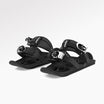
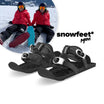
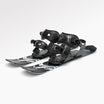
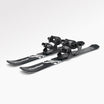

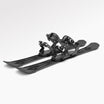

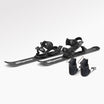







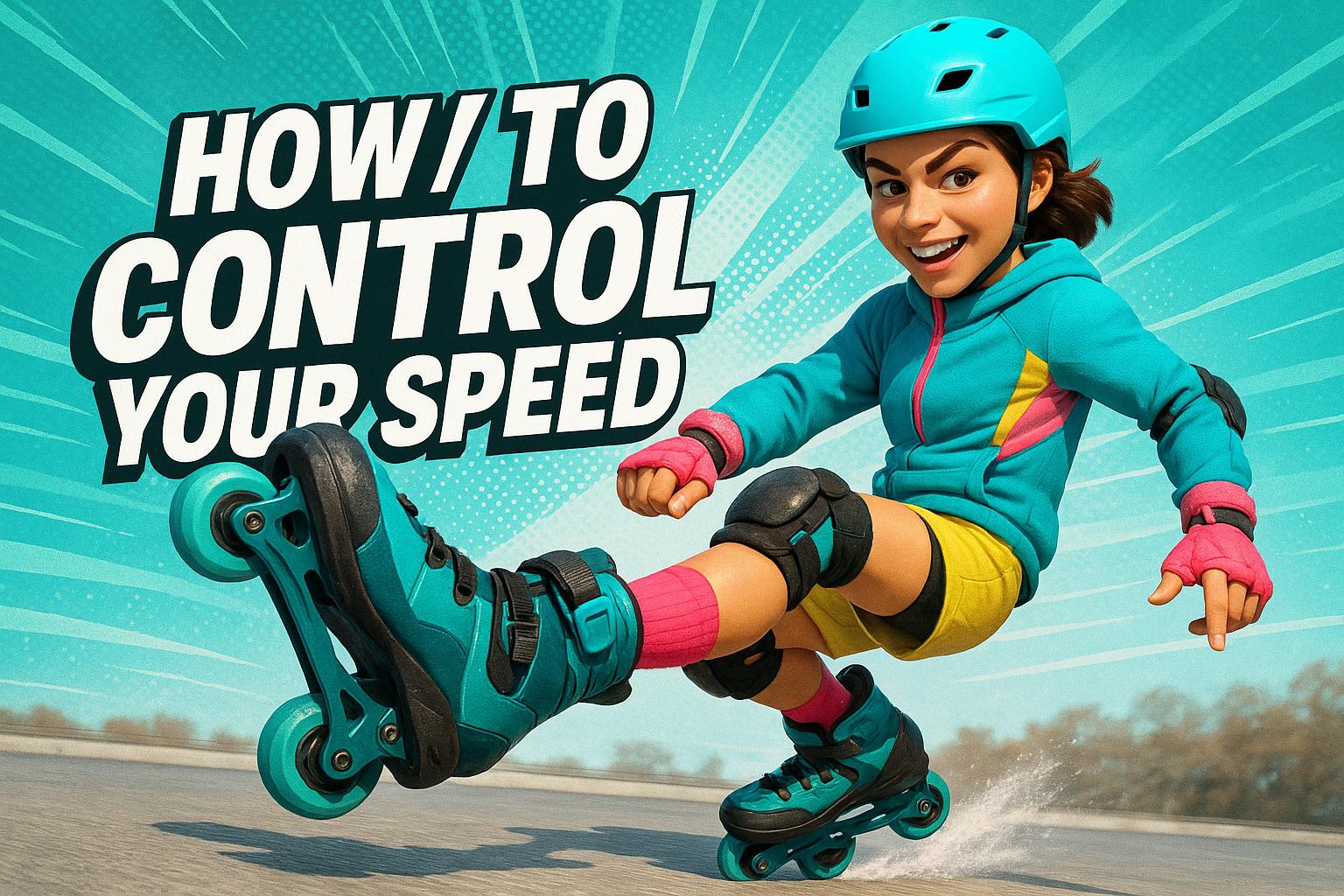
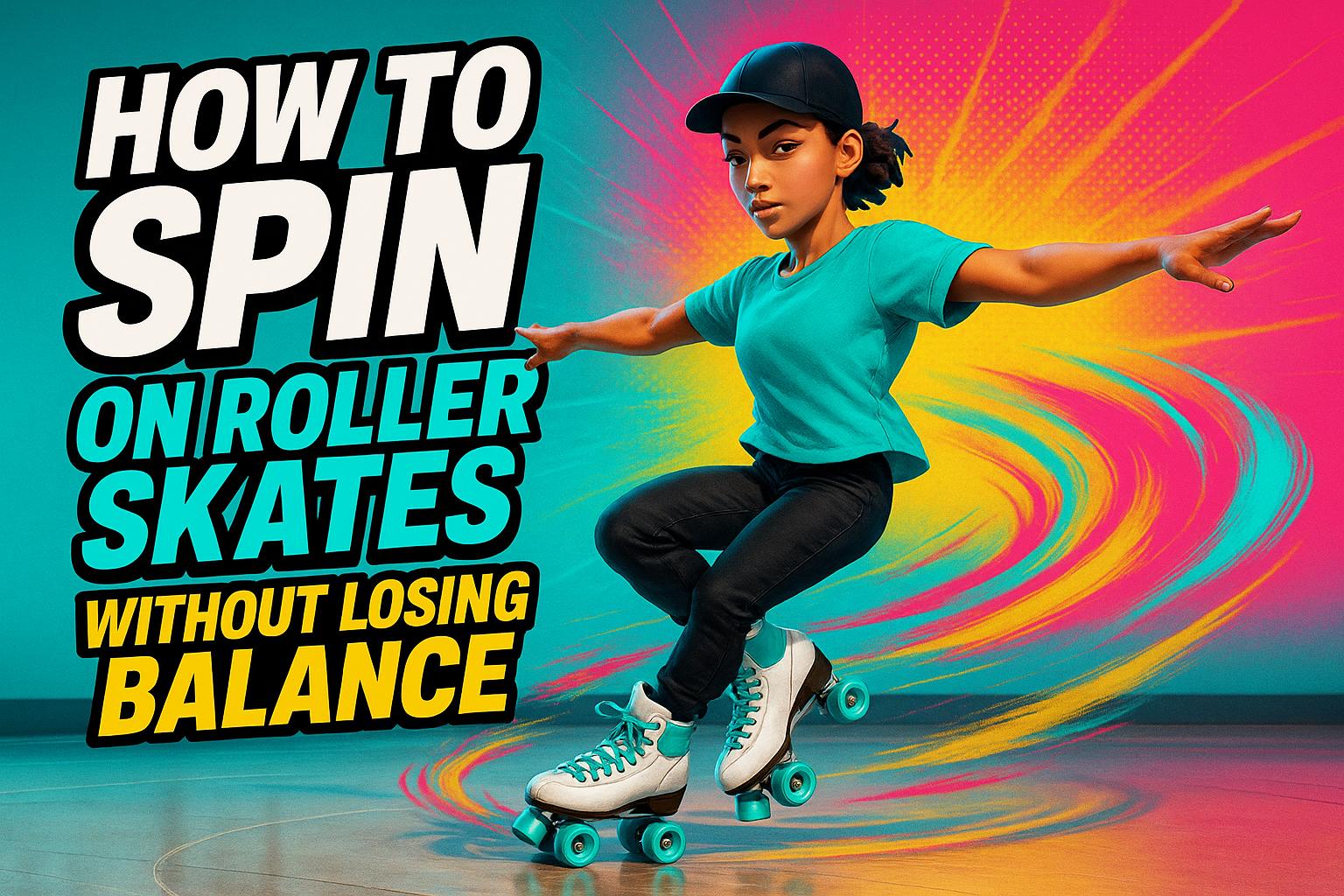




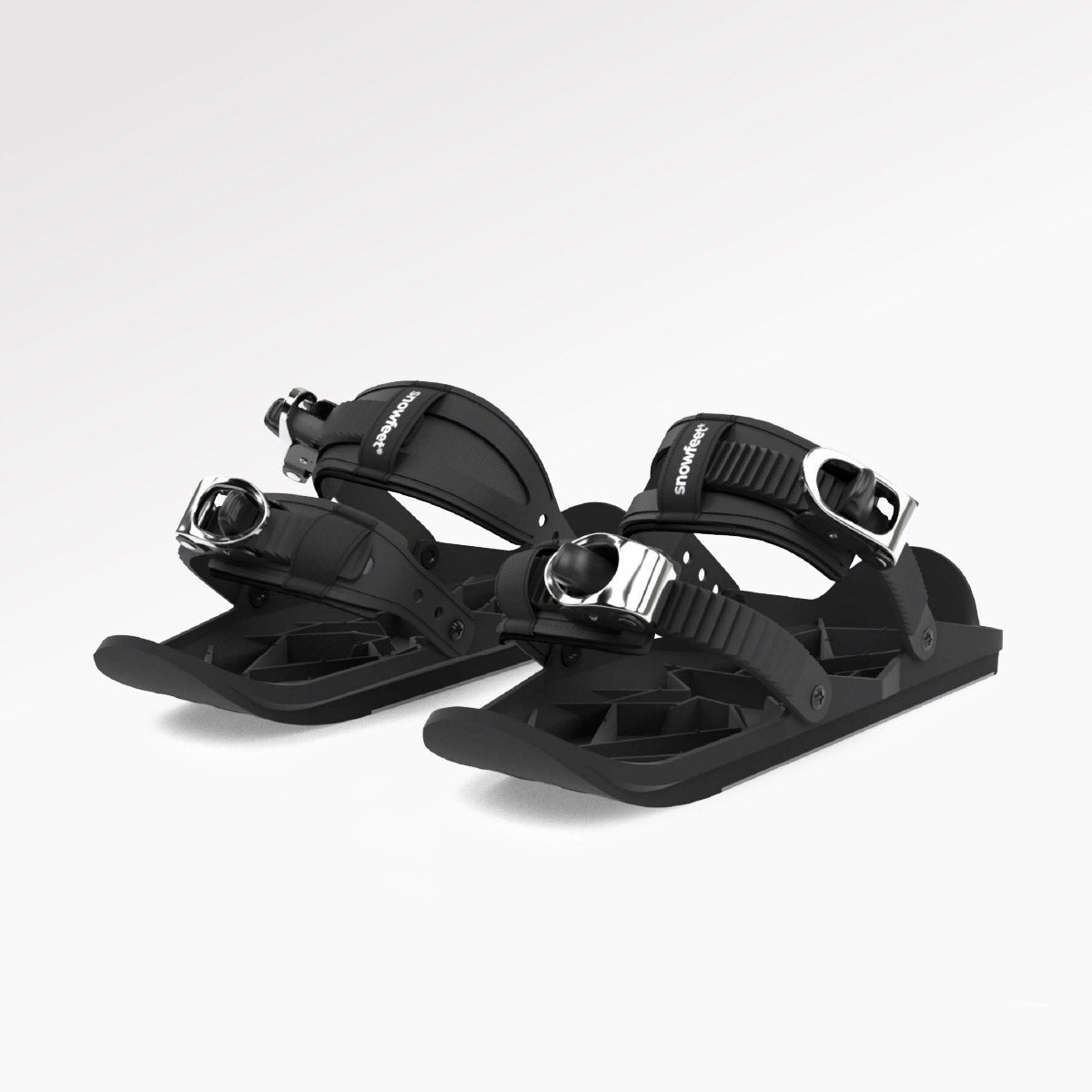
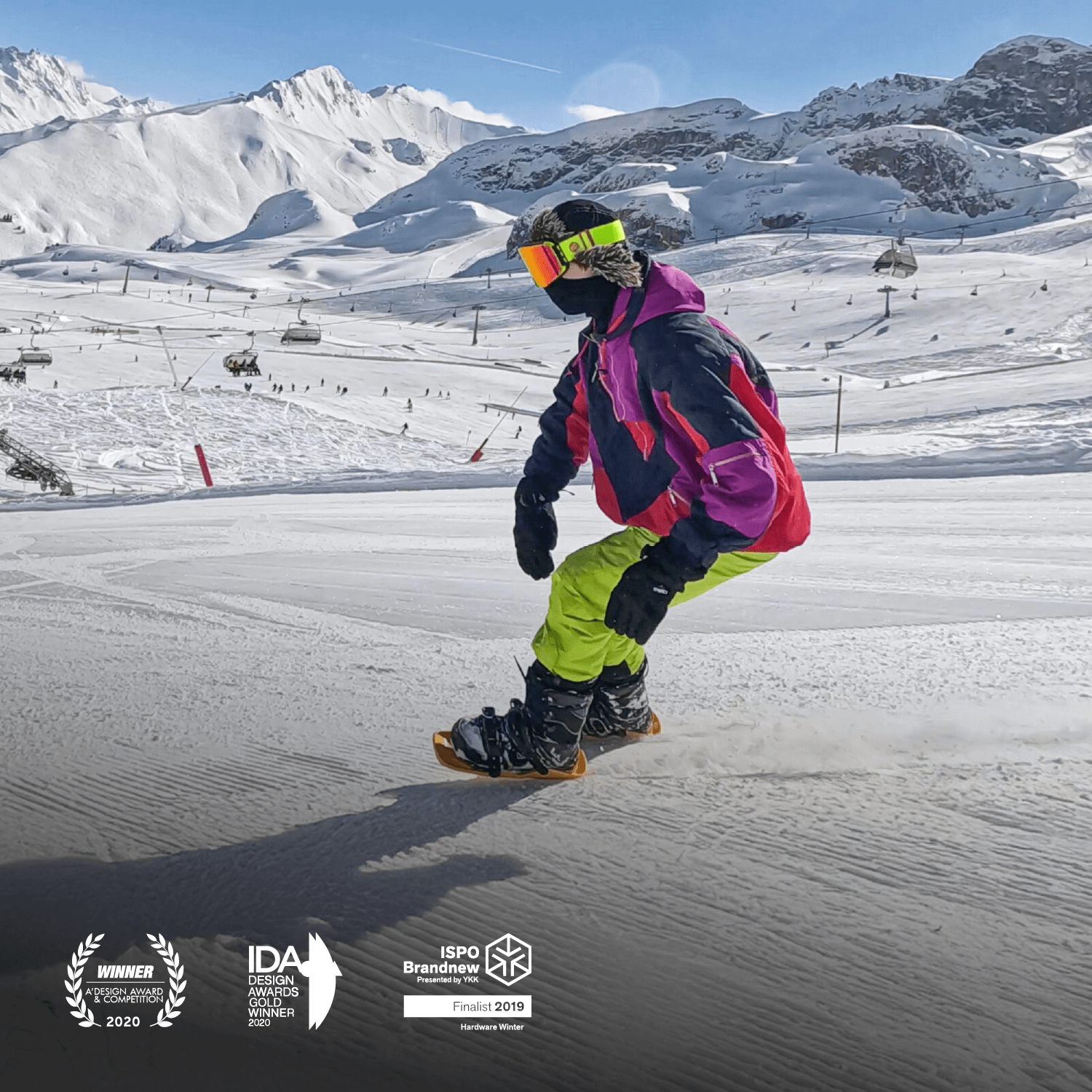
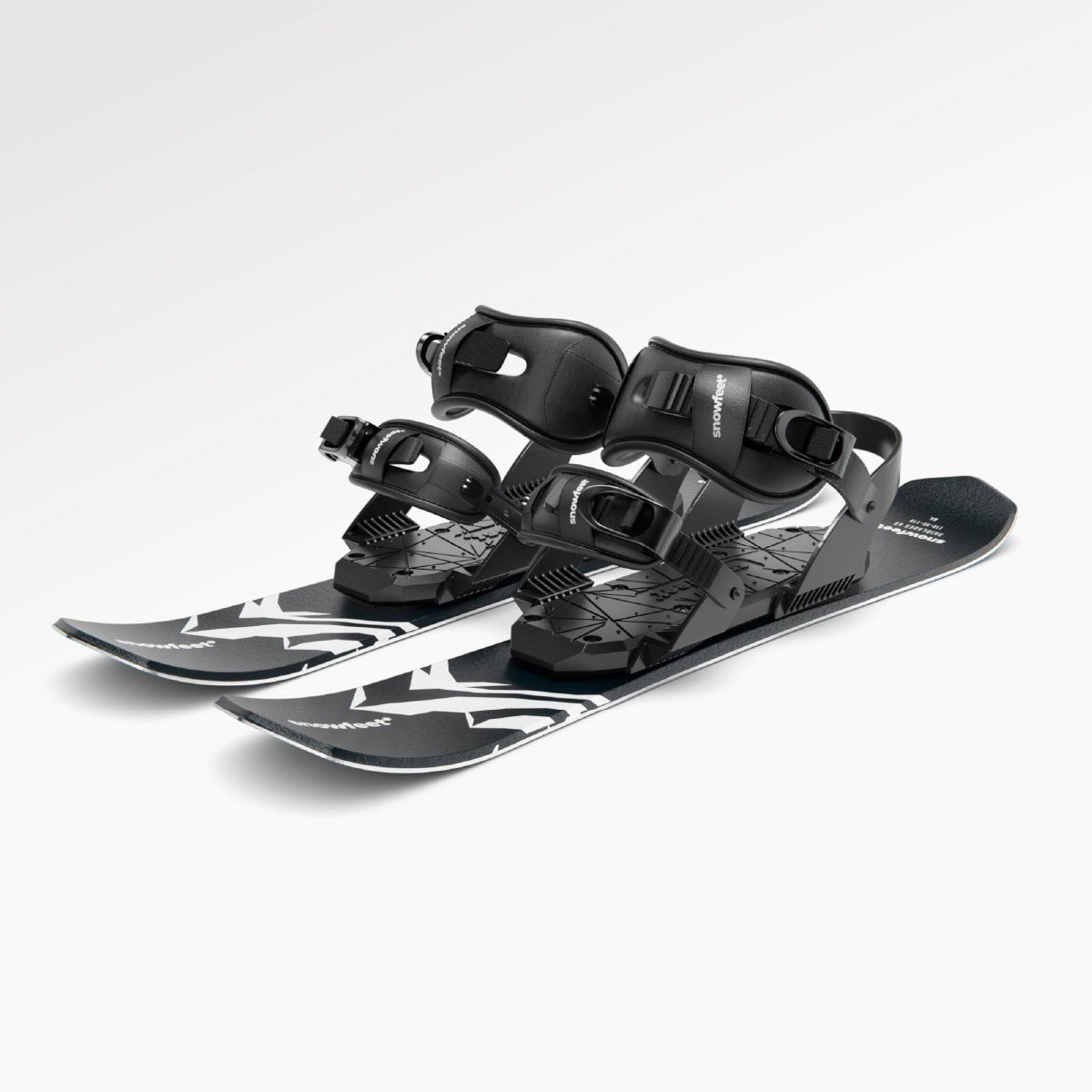

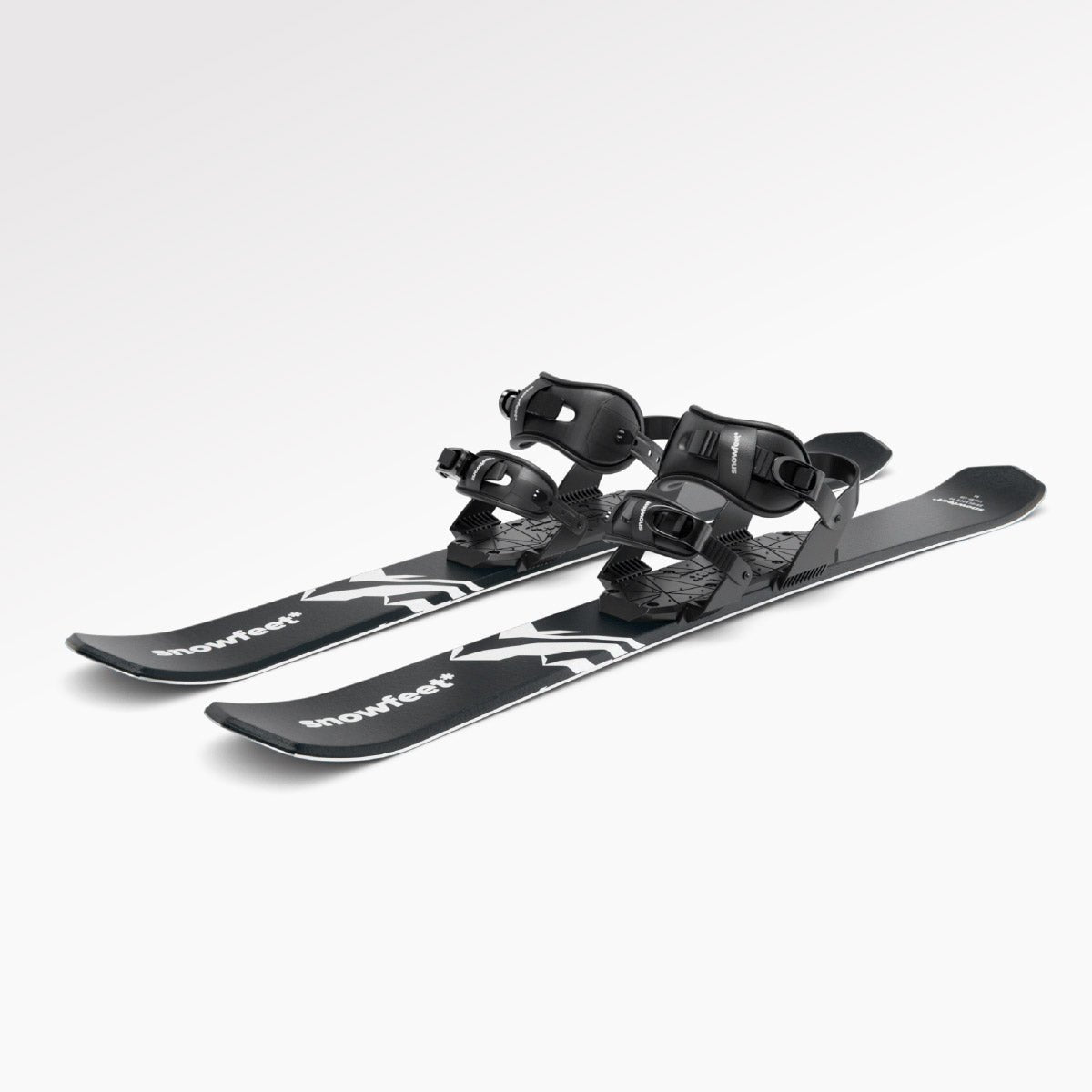

Lascia un commento
Questo sito è protetto da hCaptcha e applica le Norme sulla privacy e i Termini di servizio di hCaptcha.